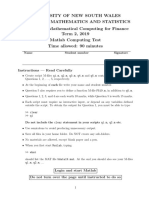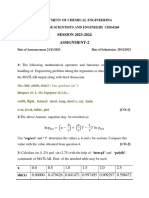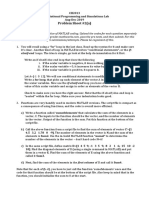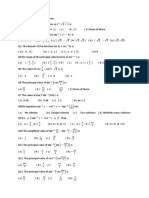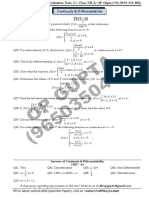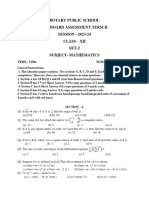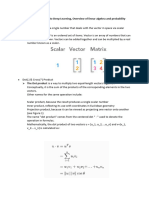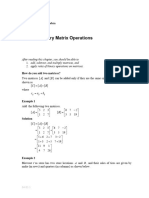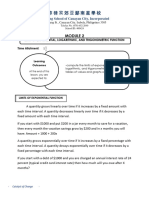0% found this document useful (0 votes)
9 views7 pagesLab09C Solution
The document contains solutions for MATLAB lab assignments for the course MATH2221C at The Chinese University of Hong Kong. It includes tasks on numerical differentiation, integration, solving differential equations, and optimization problems, along with MATLAB code snippets for each task. Each section provides specific instructions, code solutions, and results for the assignments.
Uploaded by
0715 hkyCopyright
© © All Rights Reserved
We take content rights seriously. If you suspect this is your content, claim it here.
Available Formats
Download as PDF, TXT or read online on Scribd
0% found this document useful (0 votes)
9 views7 pagesLab09C Solution
The document contains solutions for MATLAB lab assignments for the course MATH2221C at The Chinese University of Hong Kong. It includes tasks on numerical differentiation, integration, solving differential equations, and optimization problems, along with MATLAB code snippets for each task. Each section provides specific instructions, code solutions, and results for the assignments.
Uploaded by
0715 hkyCopyright
© © All Rights Reserved
We take content rights seriously. If you suspect this is your content, claim it here.
Available Formats
Download as PDF, TXT or read online on Scribd
/ 7
